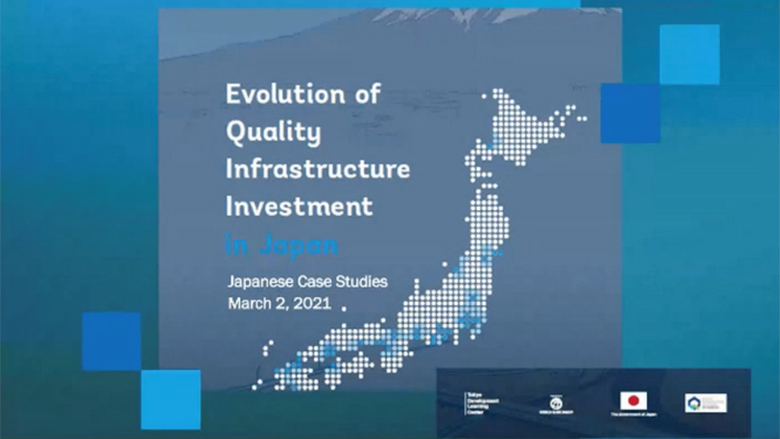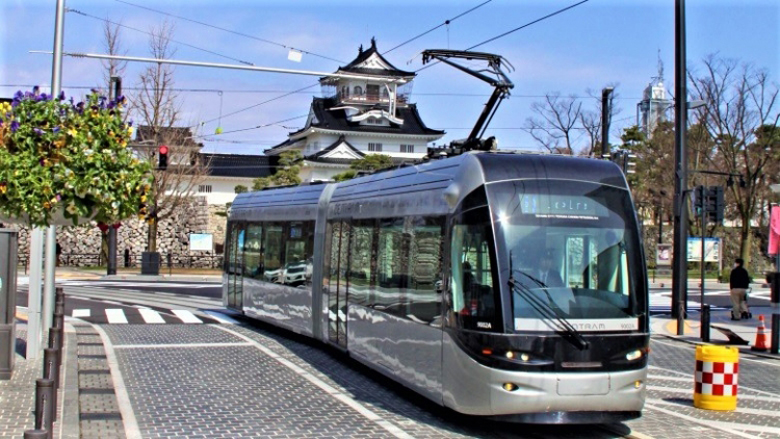Japan underwent a period of rapid growth and rapid urbanization in the 1950s and 60s and its shift to longer lasting, higher quality infrastructure is a result of lessons learned during this process. For countries now entering periods of rapid urbanization, Japan’s experience can be beneficial. To demonstrate how QII principles can be successfully operationalized in cities, Tokyo Development Learning Center (TDLC) in collaboration with the QII Partnership published case studies of two Japanese cities, Fukuoka and Toyama.
The key takeaway from both studies is that a pioneering approach on the local level can serve as a model on the national level.
Fukuoka: Efficient water management for life-cycle optimization in urban areas
Fukuoka is one of Japan’s most prominent cities, a global hub — thanks to its proximity to other key Asian cities — that attracts cutting-edge industry and start-ups. The city, however, has one major drawback: scarce water resources. After a severe drought in 1978, Fukuoka committed to becoming a water-conscious city. The city adopted several key policy measures, including the development and upgrading of its water distribution pipe network; the establishment of a water distribution control center and leakage reduction measures.
Particularly noteworthy was a change in procurement policy that required all newly installed pipes to be fitted with polyethylene sleeves. The sleeves added 1–2% to the upfront cost but extend the pipes’ life cycle by 40 years. Investment in leakage prevention — Fukuoka reports just 2% leakage, the lowest in the world — also lowered long-term operational costs, generating an estimated 15% internal rate of return on investments.
As operations and management costs can often exceed the initial investment in infrastructure, life-cycle optimization is crucial for long-term economic efficiency. One way to work towards this on the project level is to make life-cycle cost assessment part of bidding criteria.


